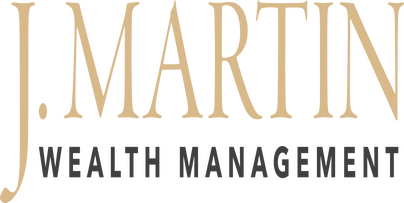Direct indexing, also known as separate accounts or tailored portfolio management, is an investment strategy providing advanced portfolio customization and tax efficiency.
Direct indexing does not involve purchasing shares in mutual funds or exchange-traded funds (ETFs). Instead, it involves buying individual securities comprising a certain index such as the S&P 500, NASDAQ, or any other market index. Here are a few reasons an investor may use a direct indexing strategy.
Flexibility
The draw of direct indexing lies in its flexibility. An investor can adjust the portfolio holding to include or exclude certain stocks based on personal preferences, ethical concerns, or tax considerations. In contrast, traditional methods like ETFs and mutual funds offer limited control since they are pre-packaged portfolios managed by funds.
Tax efficiency
Another key advantage offered by direct indexing is tax efficiency. Investors have more control over selling and buying individual securities in their portfolio, potentially leading to comprehensive tax loss harvesting strategies. Tax loss harvesting is when specific shares experience a loss they are sold to offset gains and manage the investor’s overall tax liability.
The challenges of direct indexing
Direct indexing also has its challenges. For one, it requires a significantly large investment due to the number of individual securities needed to replicate an index. Therefore, it is typically more well-suited for institutional investors or high-net-worth individuals. Additionally, managing a portfolio of hundreds of individual securities can be complex and time-consuming.
In conclusion, direct indexing provides portfolio customization and potential tax efficiencies. While it may not be suitable for every investor, it signals the ongoing evolution of the investment landscape towards more personalized strategies. As financial technology advances, direct indexing is expected to become more accessible to a wider range of investors.

